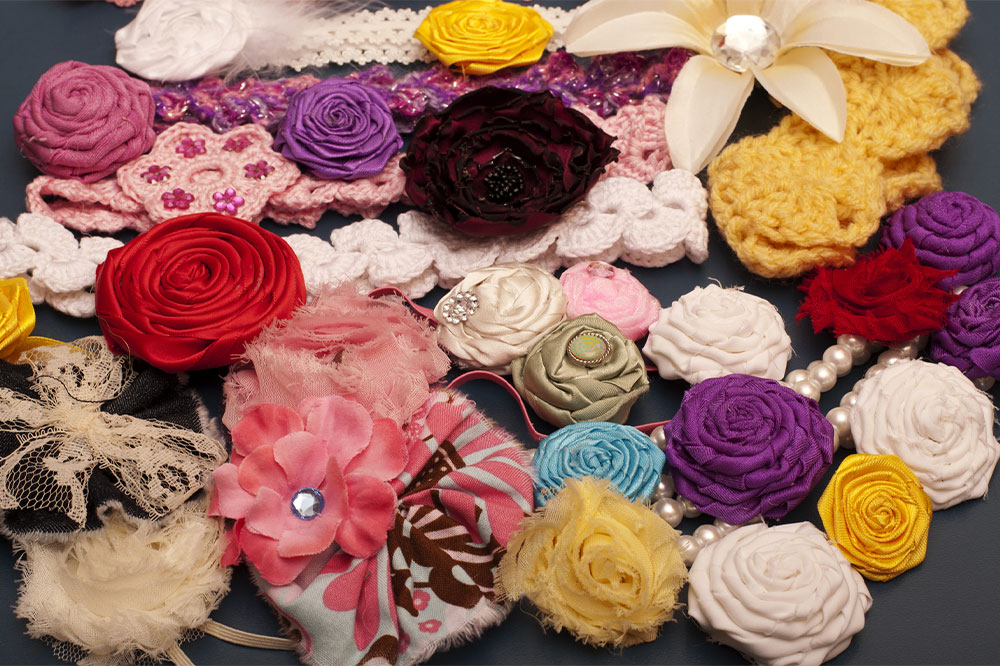Exploring the Three Main Categories of Visual Art and Design
This article provides an overview of the three main types of visual art and design: fine arts, commercial arts, and decorative arts. It highlights their unique characteristics, sub-categories, and notable artists, illustrating their significance in cultural and practical contexts. Understanding these categories enriches appreciation of artistic diversity and their roles in society.
Sponsored

Understanding the Three Core Types of Visual Art and Design
Visual art and design encompass a wide range of creative disciplines, including painting, drawing, photography, sculpture, architecture, ceramics, graphic design, and industrial design. These are grouped into three primary categories: fine arts, commercial arts, and decorative arts. Each category contains various sub-forms, from abstract to realistic and non-objective expressions. Understanding these categories helps appreciate the diversity and purpose behind different artistic creations.
Fine Arts
Fine arts focus on aesthetic beauty and are considered to be of higher artistic rank. Artists have complete freedom to explore their imagination without commercial constraints. The sub-categories include painting, sculpture, architecture, drawing, printmaking, and calligraphy. Famous masters like Michelangelo and Leonardo da Vinci define classical fine arts, while artists like Van Gogh and Picasso exemplify modern masterpieces. Fine art emphasizes technique and originality over commercial utility.
Commercial arts are designed to be both visually striking and functional, targeted at marketing, advertising, and mass media. This includes digital media, advertising campaigns, photography, video, animation, graffiti, and visual effects. Such work appears on websites, magazines, billboards, product packaging, TV, and apps. Commercial artists work within client briefs to create impactful designs that reach broad audiences, with notable examples like Andy Warhol and Salvador Dali.
Decorative Arts
Decorative arts combine beauty with practicality, often categorized as crafts. This includes ceramics, glassware, mosaic art, woodwork, metalwork, textiles, and enamel work. These pieces typically serve interior decor or cultural expression, often handmade and region-specific. Famous artisans like Wiliam Morris and Peter Carl Fabergé created iconic decorative objects, which reflect local traditions and craftsmanship.
Additional classifications include fashion, interior design, graphic design, and body art such as tattoos and face painting. Each category plays a vital role in visual culture and societal expression, illustrating the rich diversity within the realm of visual arts.





